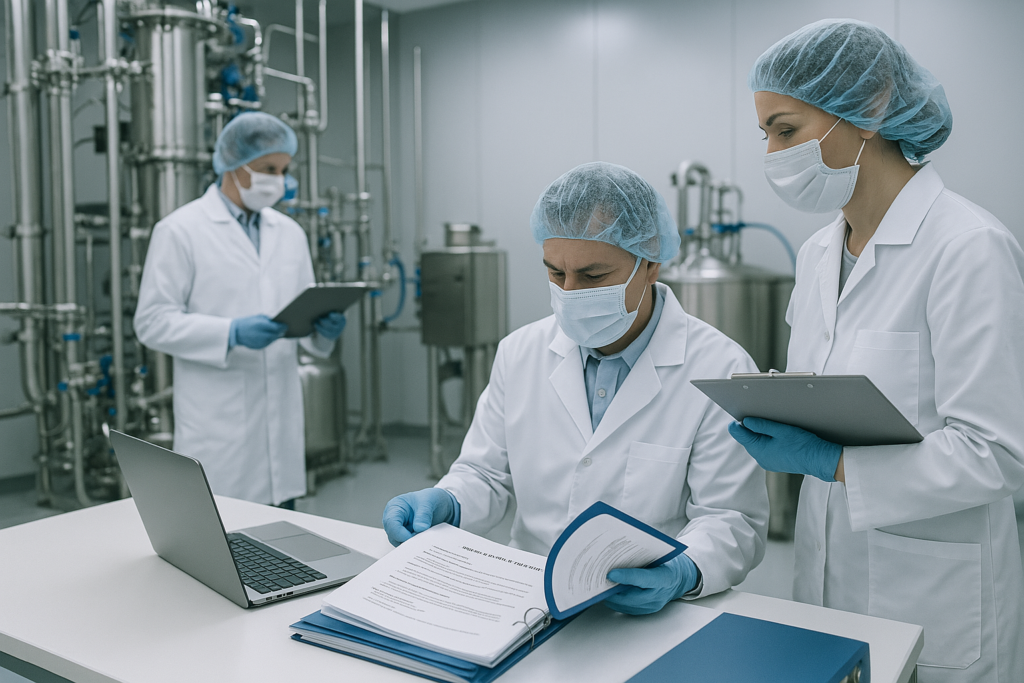
The FDA inspection readiness audit is a critical process for organizations in regulated industries, such as pharmaceuticals, medical devices, and food production. It ensures compliance with FDA regulations, identifies gaps in operations, and prepares companies to handle inspections effectively. Below is a detailed overview of the audit process, preparation strategies, and best practices.
Key Objectives of FDA Inspection Readiness Audits
FDA inspections aim to verify that facilities comply with Good Manufacturing Practices (GMP) and other regulatory requirements. The objectives include:
Pre-Inspection Preparation
Preparation for FDA inspections begins long before inspectors arrive. Key steps include:
1. Building an Inspection Readiness Team
2. Developing Standard Operating Procedures (SOPs)
3. Conducting Mock Inspections
Mock inspections simulate real FDA audits and help organizations prepare by:
Continuous Compliance Strategies
1. Internal Audits
Regular internal audits help maintain year-round readiness by identifying areas for improvement and ensuring adherence to regulations.
2. Documentation Systems
Robust documentation systems ensure processes, procedures, and training records are accurate and easily accessible. Electronic systems can enhance traceability and organization.
3. Training Programs
Tailored training programs prepare employees for their roles during inspections. Comprehensive training reduces anxiety and ensures effective communication with inspectors.
4. Risk Management
Conduct risk assessments to identify vulnerabilities in processes, supply chains, or data integrity. Develop strategies to mitigate these risks proactively.
Mock Inspection Format
Mock inspections typically follow a structured schedule:
Best Practices for FDA Inspection Readiness
To ensure successful inspections:
Conclusion
FDA inspection readiness audits are essential for maintaining compliance, minimizing risks, and building trust with regulatory bodies. By implementing continuous compliance strategies, conducting mock inspections, and fostering a proactive culture of quality, organizations can transform inspections from high-stress events into opportunities to showcase operational excellence.
Achieving inspection readiness is not just about passing audits—it’s about embedding compliance into every facet of operations for long-term success.
IntroductionBefore a new drug can be tested in humans, it must receive approval through an Investigational New Drug (IND) Application. This vital filing is the gateway to clinical development in... Read more
IntroductionIn the highly regulated pharmaceutical industry, making informed decisions is not optional—it’s critical. Whether you’re sourcing APIs, partnering with a CDMO, or acquiring a facility, due diligence inspections are a... Read more
IntroductionBringing a pharmaceutical product to the U.S. market requires more than innovation—it demands precise and compliant FDA regulatory filings. From early development to commercial approval, the FDA review process is... Read more